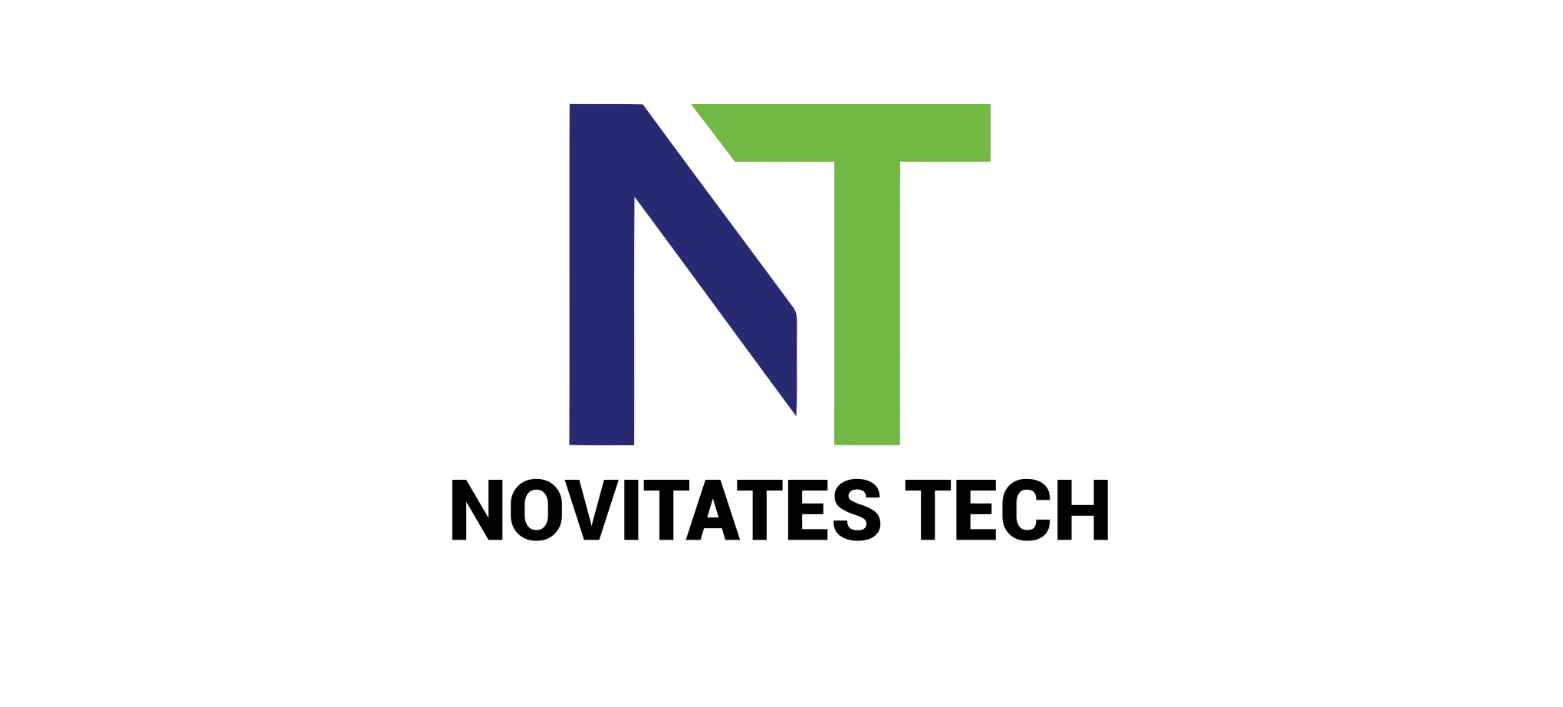The world of work and technology is currently going through an exciting transformation brought about by the combination of artificial intelligence (AI) and automation. These two forces are reshaping our professional landscape, breaking generational barriers, and unlocking immense potential.
Let’s take a closer look at the UiPath Automation Generation Survey 2023, which provides us with valuable insights into how employees in India, across different age groups, feel about AI-powered automation [1]. Surprisingly, even older employees, like Baby Boomers, are incredibly open to the possibilities of automation. An astonishing 91% of Baby Boomers believe that automation can significantly improve their job performance. This positive outlook is shared by 87% of Generation Z, 86% of Millennials, and 84% of Generation X.
This harmony between generations challenges stereotypes and paves the way for a collaborative future where technology brings people together instead of dividing them.
Looking at the bigger picture, a report from Nasscom forecasts the tremendous impact of AI adoption on India’s GDP [2]. It is expected that by 2025, the adoption of AI could contribute a whopping $500 billion to India’s economy. Automation acts as the catalyst to unlock a future where technology becomes a cornerstone of economic growth and societal progress.
But the shift towards automation is not limited to India alone; it is a global wave that is reshaping the nature of work. Insights from McKinsey provide a comprehensive overview, highlighting that almost all occupations will feel the ripple effects of automation [3]. While currently only about 5% of occupations can be fully automated with existing technologies, the more significant impact lies in the fact that nearly 30% of activities in 60% of all occupations can be automated. This paints a picture of a future where humans and rapidly evolving machines work hand in hand, transforming the nature of jobs.
Now, let’s zoom in on the manufacturing sector. According to the International Federation of Robotics, there has been a surge in the use of industrial robots worldwide [4]. In 2021, there were 3.5 million operational industrial robots in manufacturing factories globally. Over the past decade, the average price of an industrial robot has halved, with further cost reductions expected by 2025. This global shift has led to 74% of European businesses and 70% of US businesses considering reshoring or nearshoring their operations. Legislative initiatives like the US CHIPS and Science Act and Inflation Reduction Act further highlight the trend towards incentivizing or mandating the reshoring of manufacturing.
But it doesn’t stop there. The International Federation of Robotics also emphasizes how AI is reducing the costs of robot programming and integration, making it more accessible than ever [5]. This indicates a future where efficiency and cost-effectiveness go hand in hand, enabling the seamless integration of robotics across diverse sectors.
Looking at the future of management, Gartner, Inc. predicts that AI and emerging technologies will take over almost 69% of a manager’s workload by 2024 [6]. This transformation goes beyond mere efficiency gains; it streamlines managerial tasks, paving the way for increased productivity.
Gartner’s insights also extend to the social impact of AI in the workplace [7]. Organizations that actively employ people with disabilities experience higher retention rates (89%), increased productivity (72%), and a 29% boost in profitability. This highlights the potential of an inclusive workplace where AI serves as a catalyst for diversity, equity, and enhanced productivity.
Now let’s fast forward to 2024. According to Forrester, automation will play a central role in internal processes [8]. Their survey predicts that AI will be at the forefront of automating operational processes, surpassing areas like customer experience, business agility, and security. Large Language Models (LLMs), powered by Autonomous Worker Agents (AWAs), are expected to drive 10% of operational process automations, with a focus on company-specific and domain-specific LLMs, redirecting investments from more generalized initiatives.
As we navigate the intricate and exciting world of AI and automation, these insights provide more than just a glimpse into the future; they tell a story of adaptability, collaboration, and a collective drive to embrace technology for a brighter tomorrow.
Sources:
- UiPath Automation Generation Survey 2023
- Nasscom Report on Unlocking Value from Data and AI
- McKinsey: AI, Automation, and the Future of Work
- International Federation of Robotics: World Robotics Report
- International Federation of Robotics: AI in Robotics Blog
- Gartner: AI in the Workplace
- Gartner: Social Impact of AI in the Workplace
- Forrester Predictions for 2024






